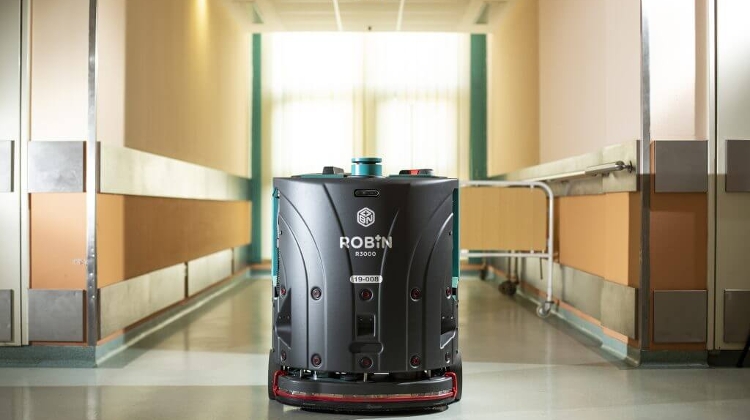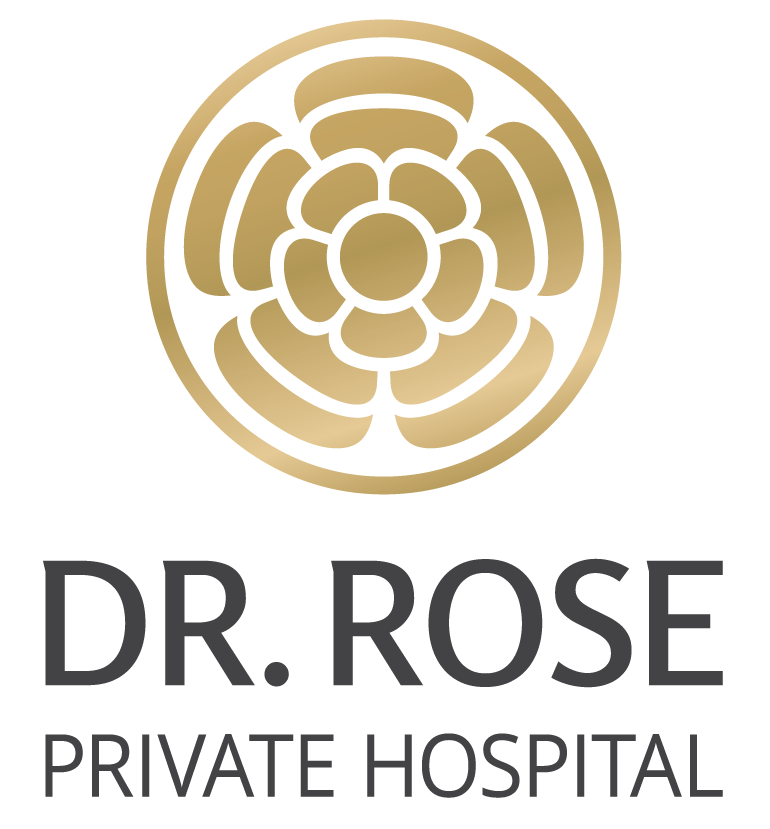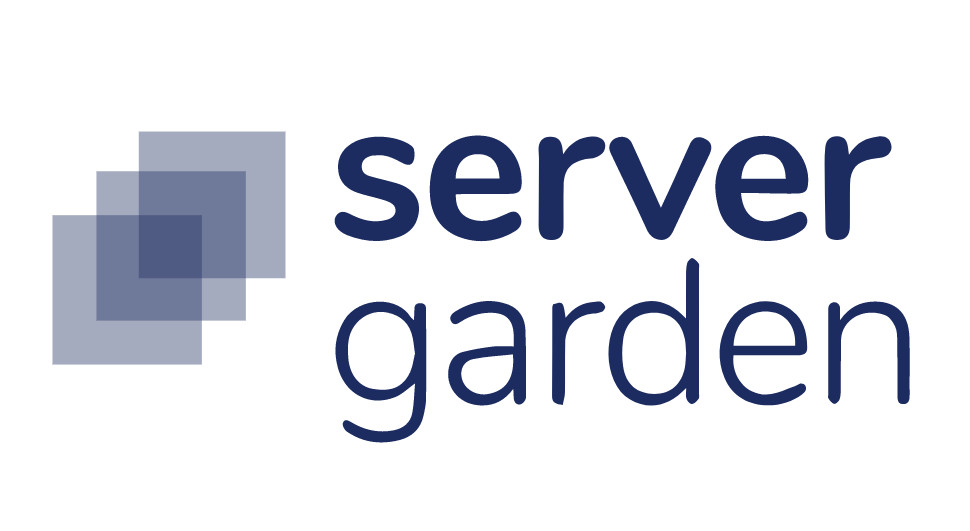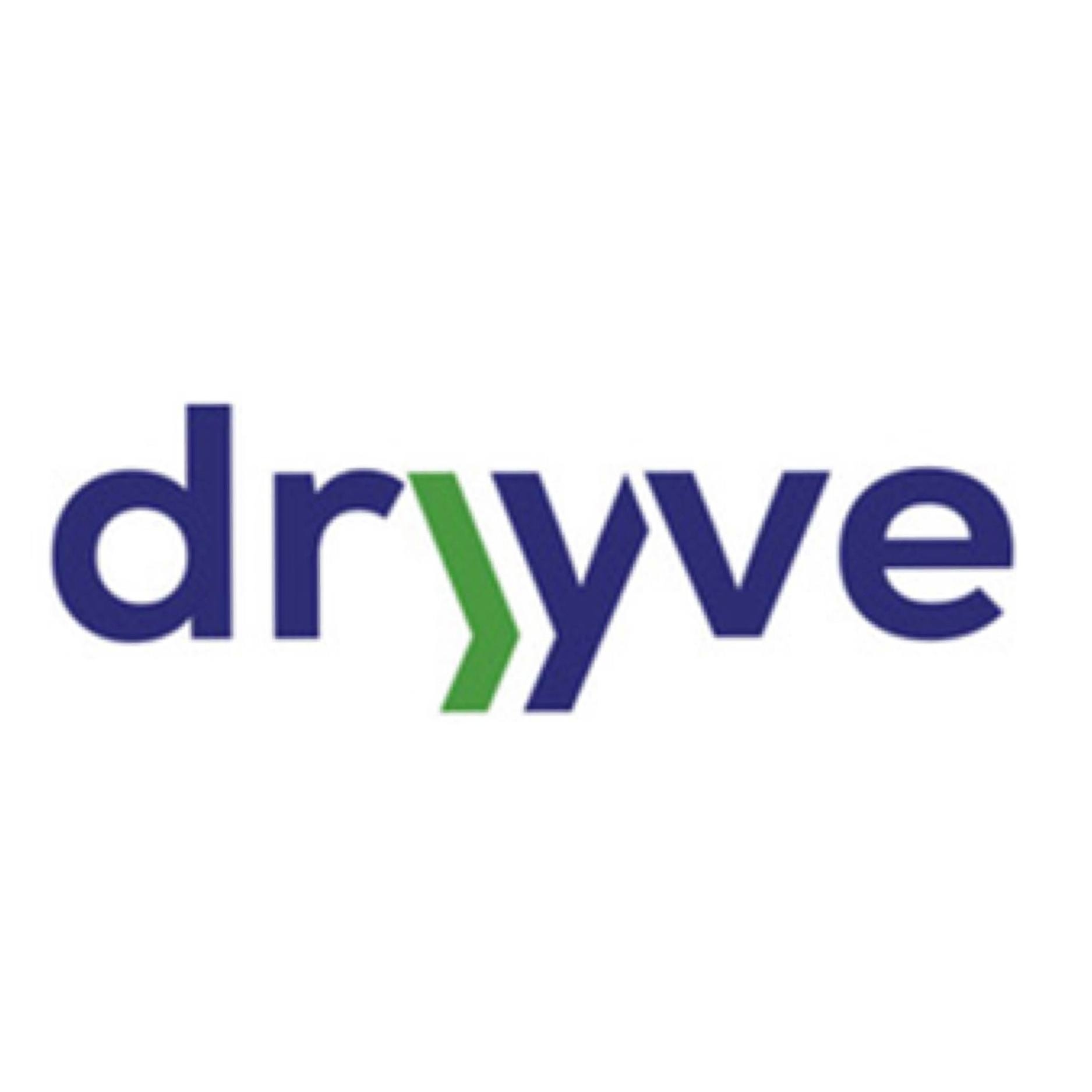B+N Hungary's Innovation Could Significantly Reduce the Number of Infections
- 7 Jun 2024 6:53 AM

Portfolio.hu talked to Péter Zalka, the head of LAB/DA Innovations, B+N Referencia Zrt’s research and development department, at the Interclean conference in Amsterdam, about the initial challenges, the application possibilities of cleaning robots, and the necessary technology.
More than 900 exhibitors were at Interclean, many with various cleaning robots. When did B+N decide that self-developed cleaning robots were needed? How do you remember the beginning?
In 2016, just four of us started the R&D department at the company. Ferenc Kis-Szölgyémi, the CEO of B+N Referencia Zrt. contacted me with the idea of developing a cleaning robot to overcome the growing labour shortage and increase efficiency.
I was working at General Electric at the time, but I also had experience in the high-tech industry at other companies, so I could estimate how and by when we could produce it.
The first in-house developed robot went into service in 2019, mainly in locations with large and congested areas, such as the Budapest airport, metro stations, train stations, sports facilities and hospitals.
If I understand correctly, technological changes are quite fast. How different is the current version from the first one?
The first “proof-of-concept” robot looked more like a small tank, and soon came the second and third versions, now ready for production.
At first, 22, then 56 robots were made, and now 100 are in production, 45 of which are already in service, and the rest will be completed soon.
The hardware worked well for the first time, so there was no need to change much for the later series either. Changes came mainly in the electronics, especially in the supply of electronic components. Sometimes the necessary electronics were unavailable, so the robot had to be redesigned, but mechanically the design was similar.
Last year, we also completed the prototype of a UV-C disinfecting robot using AI.
It is required for sites with a high risk of infection, especially those visited by large crowds, such as hospitals, where a disinfection process that kills all pathogens, including resistant pathogens, is required.
Looking at the construction of a cleaning robot, how far does LAB/DA Innovations’ scope of work extend? Are there external suppliers, either at the software or hardware level?
We do the software, electronics, and, of course, the cleaning. The mechanical stuff is done by an Italian team. For example, when a particular bolt needs to be replaced, they know who to turn to. This team supplies us with mechanically assembled robots.
Due to the small number of pieces, it was not worth setting up our own production process involving new resources and capacities.
Let’s discuss the performance of cleaning robots. How many surfaces and how large an area can such a robot clean? How much more efficient is it than manual cleaning?
One requirement for an effective cleaning robot is that there must be a minimum area of 1000-1500 sqm to be cleaned and that no surface should be smaller than 300-400 sqm.
With the newer versions, the robot’s size remained almost the same, but the cleaning performance and capacity improved.
The effective cleaning capacity varies from 300-400 to 1300-1400 sqm per hour, depending on the surface area. An example of the latter could be a parking garage or a sports field.
We have a robot that cleans 7-9000 sqm a day with only two water refills. In contrast, if a human cleans manually with a conventional mop, he can only do 150 sqm per hour.
Ride-on cleaners are even faster than automatic robots, and they can move at 2-3 times the speed of the robot.
They are also larger. The robot slows down much more when it sees unknown obstacles or people than a human-driven cleaning machine. However, due to the speed, the cleaning quality will not be the same, so it is mainly suitable for maintenance cleaning on surfaces where there is no significant contamination.
To what extent are terrain obstacles a problem for automated robots?
Before starting the automatic cleaning, the robot must scan the map, starting from the appropriate point of the given space, so it does not get lost later.
The first step is to show the area to be cleaned to the robot, which then produces the cleaning map.
This is how it works for all companies’ products. The reason for this is that sometimes the technician only knows that the cleaning map should be cut off along a corridor, for example, because there is more traffic there than in other areas, so the cleaning has to be done there more often.
Sticking a QR code in the area to be cleaned is a good solution so that the robot is not started from somewhere else later. Still, in our case, as an FM company, customers do not always allow this for understandable reasons, so we do not use this solution.
The digital infrastructure of the robot has been designed in such a way that even if we change the device, the next robot will know the map in the same way since all data and information are automatically updated.
Robots use sensors to navigate, but this has its limitations. They can spot the main landmarks, but some are difficult.
That is why it is the operator’s job to check whether anything has been added to the space since the map was taken that could cause problems.
If there have been significant changes from the map, the machine will clean more slowly. But we are working on making the robot operate even around moving obstacles, typically people.
What surfaces can the robot be used on, and how does it work?
Ours is a scrubbing and mopping machine, so it does not clean carpets, for example, but is suitable for many surfaces.
Currently, a robot can be used with one type of cleaning parameter, but soon, it will be possible to use a robot on multiple surfaces.
The first step is loading water and the appropriate cleaning solution into the robot, then brush cleaning starts, and finally, the collection of contaminated water. In this process, we can adjust how much water and chemicals to use depending on the quality of the floor. In previous versions, the proportions had to be predetermined.
Still, with the latest robots, the solution concentration can be adjusted on the fly, varying the amount of water in proportion to the current speed to maintain the same quality of cleaning.
Artificial intelligence and robotic technology are now making their way into areas of everyday life such as cleaning and disinfection, where they can significantly speed up and make the process much more thorough, especially in large spaces.
This is the direction in which B+N Referencia Zrt. started innovations a few years ago and has already installed several autonomous cleaning robots developed in-house.
Portfolio.hu asked Péter Zalka, the head of the LAB/DA Innovations, the R&D department of B+N Referencia Zrt., at the Interclean trade fair in Amsterdam, about the importance of Industry 4.0 in data collection, the global developments of robotic technology and the advancement of hospital cleaning.
In addition to Hungary, B+N Referencia Zrt. has subsidiaries in seven other countries. Do you already use cleaning robots there?
We have already started looking at foreign markets, but the organisations there must also be prepared.
Good project preparation is critical; for example, having the right people with the necessary knowledge to use the robots.
Just as it is challenging to find cleaners ready to work with robots in Hungary, it is also difficult to find them in other countries.
Today, even cleaners understand that the machine is helping them, so it’s a collaborative robot that does the big surfaces while the cleaner handles the surfaces that the robot can’t.
But the proportions are important: when cleaning a car park, for example, one person can work with up to 4 or 5 robots, while fewer can work with more complex surfaces.
From a global perspective, how do competitors perform in terms of the technologies used and the nature of the operation?
The products of the other companies are typically the result of investments worth $100-200 million. The machines, production tools, and design are optimised for a much larger series number. The low piece number does not make it possible for us to use manufacturing tools costing ten thousand dollars.
On the other hand, in terms of software, I see that in cleaning, everyone is pretty much on the same page.
We have everything a big company has. The only thing they are ahead of us is that they put a lot more effort into software than we do because it is essential for them that average people can use their robots, whereas we have a team that can even write a command line in the right programming language.
What we are ahead of, however, is our monitoring system. Others typically aim to sell robots to end users, but that’s a different business model that requires different thinking.
With us, it’s not looking at data from a single robot, but aggregating it to the right level to give the manager a transparent picture of whether the proper cleaning has been done in the right area. This kind of fleet management requires a different approach.
What does this mean in practice? What data does the robot collect, and where can it be used?
At B+N, we set out a few years ago to take Industry 4.0 thinking forward.
For a cleaning company, this means that we come up with digital data that speeds up and simplifies processes.
The robot can present a large amount of data; the question is who needs what kind of data. We are constantly conducting research in this area and have created a digital infrastructure that can manage and present this data appropriately.
External data sources are also integrated into this infrastructure, such as environmental quality, gene sequencing and surface cleanliness data.
An important activity of the R&D team is developing an analysis system integrated into hospital cleaning, based on the laboratory examination of the genetic material found in the samples taken from it, which can recognise pathogens.
We analyse the sample from the cleaning process, which is characteristic of the entire area, and detect the microorganisms present.
On the one hand, these are quantitative data; on the other hand, they also show the change, based on which it is possible to decide on the necessary interventions.
In a hospital area, for example, this may mean that it is advisable to change the disinfectant, but of course, only with the appropriate approval.
From the data, we can show the quantitative changes of the species and also what antibiotic-resistance genes are present in the given microorganism.
This does not mean that the particular microorganism is actually resistant. According to our measurements, this resistance is relatively constant over time.
The quantitative and species-specific variation data obtained in this procedure may even provide an opportunity to rapidly detect infectious colonies, indicate an increase in the risk of infection, and thus reduce the number of infections.
Such level of environmental monitoring has not been dealt with at the international level so far.
Click here to virtually visit B+N



























LATEST NEWS IN getting around